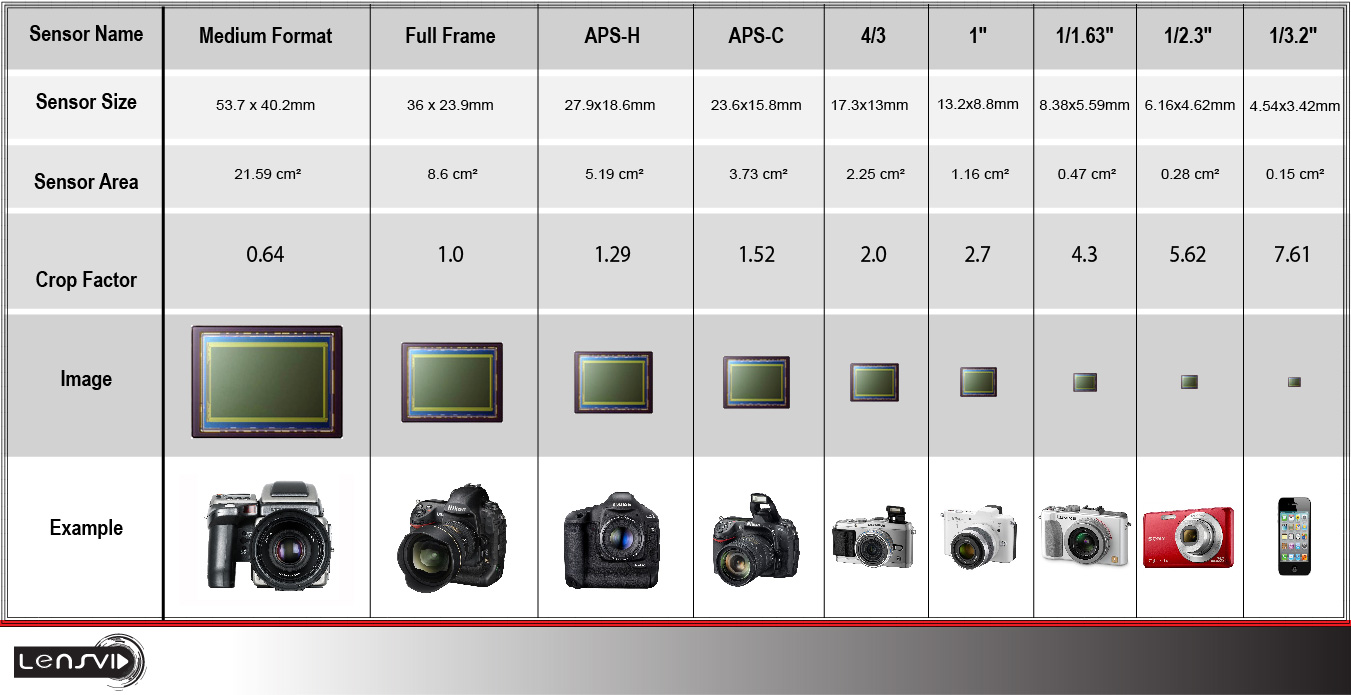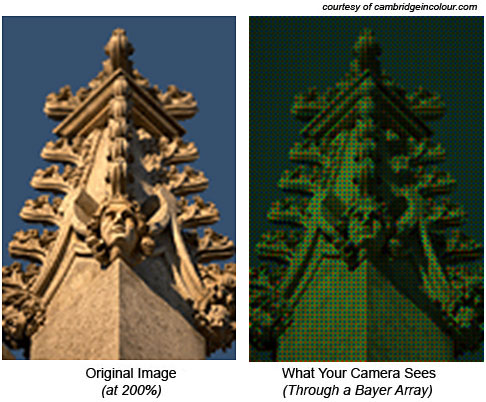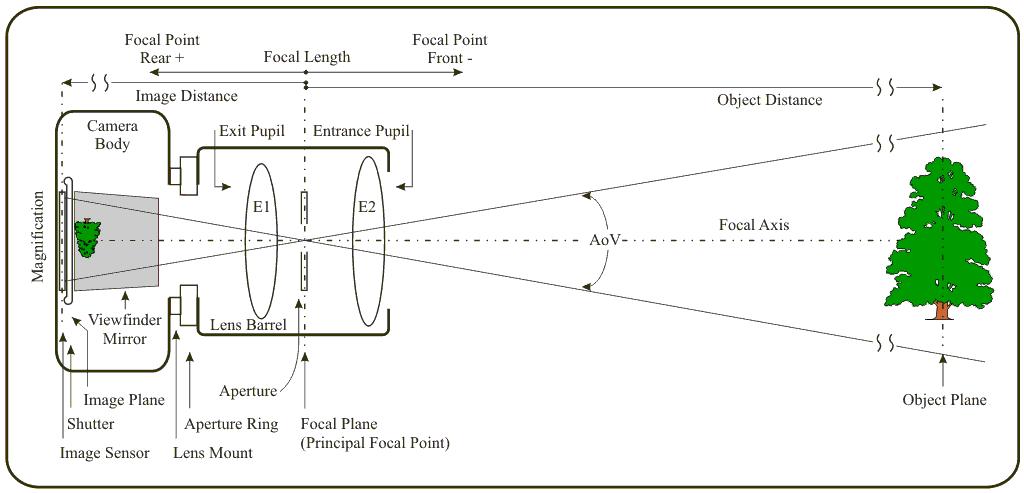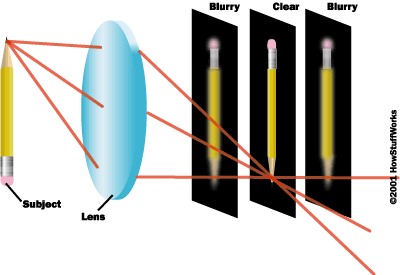
Physics of Digital Photography:
 |
Example of different sensor
sizes in digital cameras. The bigger sensors produced better
quality images. Image by:
https://akiwiretrospective.files.wordpress.com/2014/06/sensor-chart.jpg |
 |
 |
| Different colored filters sit
over the photosites on a digital cameras sensor to capture
color images. Image by:
https://upload.wikimedia.org/wikipedia/commons/thumb/3/37/Bayer_pattern_on_sensor.svg/350px-Bayer_pattern_on_sensor.svg.png |
How you see an image vs how
your camera sees it. Image by cambridgeincolour.com |
 |
Example of how a camera
lens 'bends' and refracts light towards its sensor. Image
by:
http://www.rags-int-inc.com/phototechstuff/lens101/LensDiagram_1024.gif |
 |
The subject is only in
focus at one point, where the light converges after being
refracted by the lens. The lens compensates for this by
allowing you to move the lens closer and further to the
camera sensor, allowing to achieve the desired focus. Image
by: http://electronics.howstuffworks.com/camera1.htm |